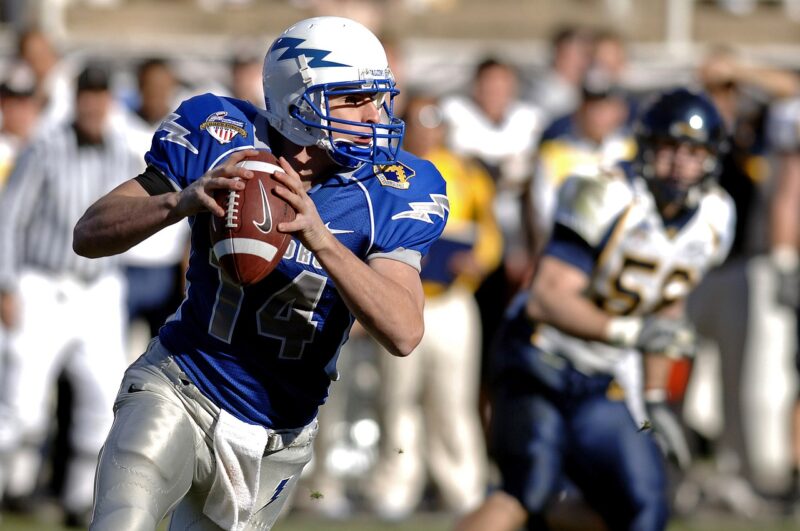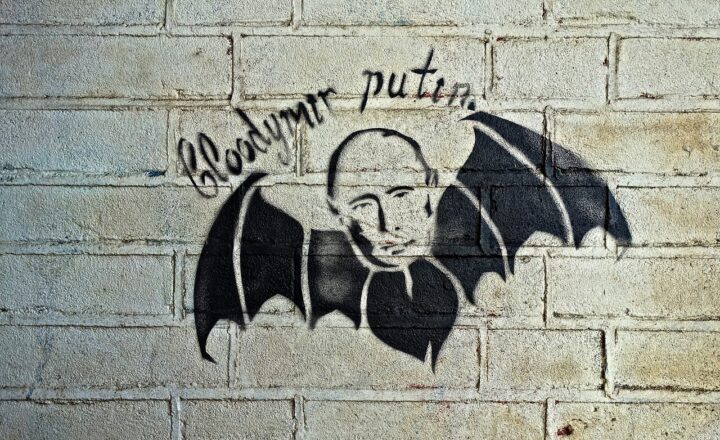
The Super Bowl halftime show is more than just a musical performance; it has evolved into a cultural phenomenon that captures the attention of millions around the world. This article takes a deep dive into some of the most unforgettable halftime performances of the 2000s, showcasing incredible talent, extravagant stage designs, and moments that resonated with audiences long after they’ve faded from the spotlight.
1. The Rise of the Halftime Show
The Super Bowl halftime show began as a simple display featuring marching bands but quickly transformed into a centerpiece of American culture, particularly during the 2000s. A combination of celebrity appearances, innovative choreography, and elaborate stage setups has turned it into a spectacle that captures global attention.
2. Top Halftime Performances of the 2000s
Here are some of the standout performances from the 2000s, each bringing something unique and unforgettable to the Super Bowl stage:
2001: Aerosmith and N’SYNC
Held during Super Bowl XXXV, this performance marked a revolutionary crossover event. The legendary rock band Aerosmith shared the stage with pop giants N’SYNC, along with Britney Spears, Nelly, and Mary J. Blige. Their rendition of hits like “Walk This Way” and “Bye Bye Bye” showcased a dynamic blend of rock and pop that energized the audience. The collaboration symbolized the changing face of music and the power of unity in diversity.
2004: Janet Jackson and Justin Timberlake
Perhaps the most controversial halftime show in history occurred in Super Bowl XXXVIII, featuring Janet Jackson and Justin Timberlake. The performance reached infamous notoriety because of its accidental wardrobe malfunction, leaving an indelible mark on pop culture. Despite the controversy, Janet’s powerful vocal performance of “All for You” and the energetic dance sequences made this show unforgettable. It sparked conversations about censorship, gender, and the responsibilities of performers.
2006: The Rolling Stones
Performing at Super Bowl XL in Detroit, the iconic rock band showcased their timeless energy and charisma. The Stones delivered classic hits such as “Start Me Up” and “(I Can’t Get No) Satisfaction,” captivating both fans and newcomers alike. Their performance was a celebration of rock ‘n’ roll’s enduring legacy and highlighted the band’s ability to engage an audience across generations.
2007: Prince
Prince’s performance during Super Bowl XLI in Miami is routinely regarded as one of the best in halftime history. Performing in the rain, the artist delivered a stunning medley of hits, including “Purple Rain,” which perfectly encapsulated the emotional and dramatic nature of the moment. His command over the stage and the soulful rendition of his ballads left a lasting impression and elevated the Super Bowl halftime show to a new artistic level.
2009: Bruce Springsteen and the E Street Band
In 2009’s Super Bowl XLIII, Bruce Springsteen and the E Street Band proved that rock remains a force to reckon with. Their high-energy performance featured classics like “Born to Run” and “Tenth Avenue Freeze-Out,” combining rock and soulful storytelling. The Boss’s relentless energy and showmanship captivated viewers, reminding everyone of the unyielding power of live music.
3. The Impact of Halftime Shows
The halftime show serves a dual purpose: not only does it entertain millions during the Super Bowl, but it also acts as a platform for artists, brands, and cultural commentary. Each performance leaves behind a legacy, influencing future shows and shaping perceptions of musical genres.
4. Trends and Innovations
The Super Bowl halftime shows of the 2000s also introduced numerous trends and innovations that shaped music and entertainment:
- Celebrity Collaborations: The 2000s saw a rise in collaboration between artists from diverse genres, creating unique and memorable performances that appealed to wider audiences.
- High Production Value: The importance of stage design, lighting, and choreography grew, with elaborate productions becoming the norm rather than the exception.
- Social Media Influence: The emergence of social media platforms began to transform audience engagement, resulting in immediate reactions and discussions that extended the cultural impact of the performances beyond the Super Bowl itself.
Conclusion
The Super Bowl halftime performances of the 2000s not only entertained but also influenced cultural trends and conversations that resonated with viewers. From the shock of Janet Jackson’s wardrobe malfunction to the timeless grace of Prince, these performances epitomized innovation and showmanship. As we continue to anticipate and celebrate the Super Bowl halftime shows, it’s essential to appreciate these powerful, unforgettable moments in music and entertainment history.
Whether you’re a die-hard football fan or a casual viewer, it’s hard to deny the impact of the halftime show on popular culture, serving as a blend of thrilling entertainment and musical artistry that leaves an unforgettable mark every year.






